The best Hyundai Sonata: A Comprehensive Overview
The Hyundai Sonata: A Comprehensive Overview
The Hyundai Sonata is one of the most prominent mid-size sedans on the market, embodying the blend of style, performance, technology, and affordability that Hyundai has become known for. Since its inception in 1985, the Sonata has evolved dramatically, solidifying its position as a competitive force in a segment dominated by names like the Toyota Camry, Honda Accord, and Nissan Altima. This article delves into the history, design, performance, technology, safety, and market positioning of the Hyundai Sonata, providing an in-depth look at what makes this vehicle a popular choice among consumers.
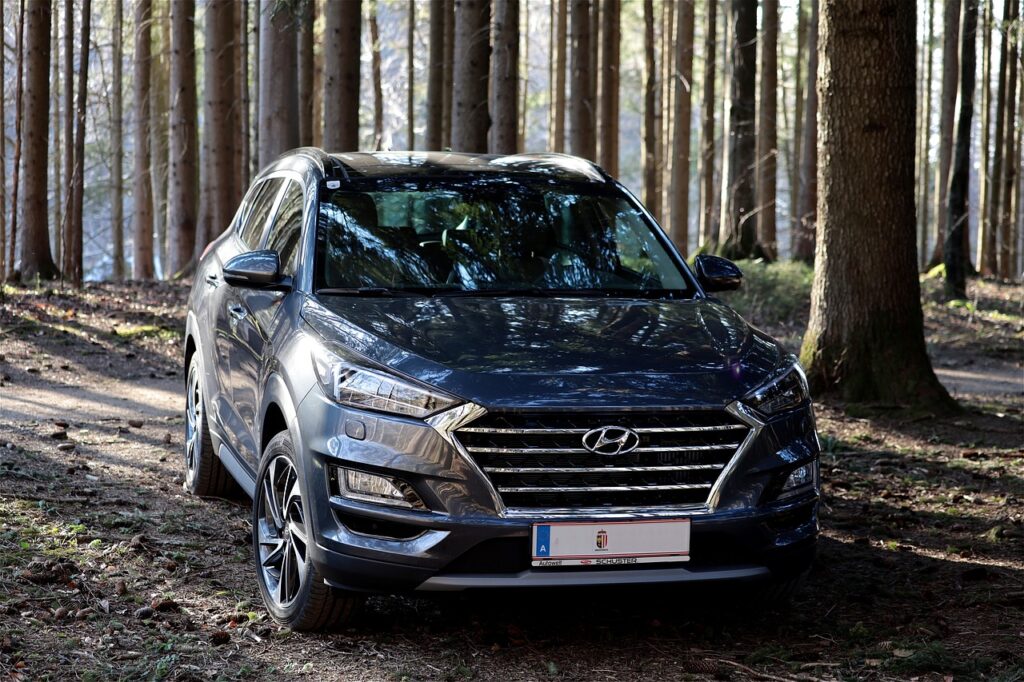
1. History and Evolution
The Hyundai Sonata made its debut in 1985 as a response to the growing demand for mid-size sedans. Initially launched as an upgrade to the Hyundai Stellar, the first-generation Sonata was only available in South Korea. However, it quickly gained popularity, leading to its international release. Over the years, the Sonata has undergone significant changes, with each new generation bringing enhancements in design, technology, and performance of the Hyundai Sonata.
- First Generation (1985-1988): The original Hyundai Sonata was more of an upgraded Stellar than a completely new model. It featured a 1.8-liter or 2.0-liter engine, delivering modest power. The design was boxy, typical of the 1980s, and it primarily served the South Korean market.
- Second Generation (1988-1993): The second generation marked the Sonata’s entry into the global market. It came with more refined styling, better engine options, and improved build quality. This generation helped establish Hyundai’s reputation in international markets.
- Third Generation (1993-1998): With the third generation, Hyundai began to focus on making the Sonata more appealing to a global audience. The design became more aerodynamic, and the interior quality saw significant improvements. This generation also introduced more powerful engine options.
- Fourth Generation (1998-2005): This generation saw the Hyundai Sonata undergo a major transformation. It featured a more modern design, improved safety features, and better handling. The introduction of the 2.7-liter V6 engine provided more power, making the Sonata a serious contender in the mid-size sedan market.
- Fifth Generation (2004-2009): The fifth generation marked a turning point for the Hyundai Sonata. It was during this period that Hyundai Sonata adopted a more aggressive design language, with the introduction of the “Fluidic Sculpture” design philosophy. This generation also saw the Sonata becoming more technologically advanced, with features like electronic stability control and advanced airbags.
- Sixth Generation (2009-2014): The sixth generation Hyundai Sonata was a game-changer. It featured a bold new design that set it apart from its competitors. The introduction of the 2.4-liter GDI engine and the 2.0-liter turbocharged engine provided a perfect balance of power and efficiency. This generation also saw the introduction of hybrid technology, further expanding the Sonata’s appeal.
- Seventh Generation (2014-2019): The seventh generation brought a more refined design, with a focus on premium materials and advanced technology. Hyundai also introduced the Sonata Plug-in Hybrid, catering to the growing demand for eco-friendly vehicles.
- Eighth Generation (2019-Present): The current generation of the Hyundai Sonata represents the pinnacle of Hyundai’s engineering and design capabilities. With its sleek design, advanced safety features, and cutting-edge technology, the eighth-generation Sonata is a testament to Hyundai’s commitment to innovation.
2. Design and Styling
The Hyundai Sonata has always been known for its striking design, and the latest generation is no exception. The Sonata’s design philosophy is centered around the concept of “Sensuous Sportiness,” which combines dynamic lines, bold shapes, and a sense of athleticism.
- Exterior Design: The Hyundai Sonata’s exterior is characterized by its bold front grille, sharp LED headlights, and sleek, coupe-like roofline. The “Digital Pulse Cascading Grille” gives the Sonata a commanding presence on the road, while the integrated LED daytime running lights add a touch of sophistication. The side profile is equally impressive, with a strong character line that runs from the front fender to the rear taillights, giving the Sonata a sense of motion even when standing still. The rear design is highlighted by a continuous light strip that connects the taillights, creating a sense of unity and width.
- Interior Design: Inside, the Sonata offers a premium experience, with high-quality materials, thoughtful design, and advanced technology. The dashboard features a clean, minimalist design, with a large touchscreen display seamlessly integrated into the center console. The use of soft-touch materials and leather accents adds to the luxurious feel, while the spacious cabin ensures comfort for all passengers. The Hyundai Sonata’s interior is designed with the driver in mind, with an ergonomic layout that places all controls within easy reach.
3. Performance and Powertrain
The Hyundai Sonata offers a range of powertrain options, catering to a wide variety of driving preferences. Whether you’re looking for a fuel-efficient daily driver or a sporty sedan with a bit of extra punch, the Sonata has something to offer.
- Base Engine: The standard engine for the Sonata is a 2.5-liter inline-4, producing 191 horsepower and 181 lb-ft of torque. This engine offers a good balance of power and efficiency, making it ideal for everyday driving. Paired with an 8-speed automatic transmission, the base engine delivers smooth and responsive performance.
- Turbocharged Engine: For those looking for more excitement, the Sonata offers a 1.6-liter turbocharged inline-4 engine, which produces 180 horsepower and 195 lb-ft of torque. While slightly less powerful than the base engine, the turbocharged option provides a more engaging driving experience, with quicker acceleration and more responsive handling.
- N Line Performance: The Sonata N Line is the sportiest version of the Sonata, featuring a 2.5-liter turbocharged inline-4 engine that produces an impressive 290 horsepower and 311 lb-ft of torque. This engine is paired with an 8-speed dual-clutch transmission, providing lightning-fast shifts and exhilarating performance. The N Line also features a sport-tuned suspension, larger brakes, and a more aggressive exhaust note, making it the perfect choice for driving enthusiasts.
- Hybrid and Plug-in Hybrid: For those prioritizing fuel efficiency, the Sonata Hybrid and Plug-in Hybrid offer impressive performance with minimal environmental impact. The Sonata Hybrid is powered by a 2.0-liter inline-4 engine paired with an electric motor, producing a combined 192 horsepower. The Hybrid also features a solar panel roof, which can add up to 2 miles of range per day. The Plug-in Hybrid, on the other hand, offers an all-electric range of up to 28 miles, making it ideal for short commutes.
4. Technology and Infotainment
Hyundai Sonata has equipped the Sonata with a wide range of advanced technology features, ensuring that drivers and passengers stay connected, informed, and entertained on the road.
- Infotainment System: The Sonata comes standard with an 8-inch touchscreen infotainment system, which includes Apple CarPlay and Android Auto compatibility. Higher trims offer a larger 10.25-inch touchscreen with navigation, as well as a premium Bose audio system. The infotainment system is intuitive and easy to use, with crisp graphics and responsive controls.
- Digital Instrument Cluster: The Sonata also features a 12.3-inch digital instrument cluster, which displays key driving information in a clear and customizable format. The cluster can be configured to show different information, such as navigation directions, vehicle status, and multimedia information, depending on the driver’s preferences.
- Head-Up Display: To further enhance the driving experience, the Sonata offers a head-up display, which projects important information, such as speed and navigation directions, onto the windshield. This allows drivers to stay informed without taking their eyes off the road.
- Wireless Charging and Connectivity: The Sonata includes a wireless charging pad for compatible smartphones, as well as multiple USB ports and a 12-volt power outlet. The vehicle also offers Bluetooth connectivity, allowing drivers to make hands-free calls and stream music from their smartphones.
- Advanced Driver Assistance Systems (ADAS): The Sonata is equipped with Hyundai’s SmartSense suite of advanced driver assistance systems, which includes features like forward collision warning, automatic emergency braking, lane keeping assist, adaptive cruise control, and blind-spot monitoring. These features work together to enhance safety and provide peace of mind for drivers and passengers.
5. Safety and Reliability
Safety has always been a top priority for Hyundai, and the Sonata is no exception. The vehicle is built on Hyundai’s third-generation platform, which features enhanced structural rigidity and improved crash safety performance. The Sonata has received high safety ratings from various testing organizations, including the National Highway Traffic Safety Administration (NHTSA) and the Insurance Institute for Highway Safety (IIHS).
- Passive Safety Features: The Sonata comes standard with a full complement of airbags, including front, side, and curtain airbags. The vehicle’s body structure is designed to absorb and dissipate impact energy, helping to protect occupants in the event of a collision.
- Active Safety Features: In addition to its passive safety features, the Sonata is equipped with a wide range of active safety technologies. These include forward collision warning, automatic emergency braking, lane keeping assist, adaptive cruise control, blind-spot monitoring, rear cross-traffic alert, and a surround-view camera system. These features are designed to prevent accidents and mitigate the severity of collisions when they do occur.
- Reliability: Hyundai has a strong reputation for building reliable vehicles, and the Sonata is no exception. The vehicle is backed by Hyundai’s industry-leading 10-year/100,000-mile powertrain warranty, as well as a 5-year/60,000-mile bumper-to-bumper warranty. This extensive coverage provides peace of mind for Sonata owners, knowing that their vehicle is protected against unexpected repairs.
6. Market Positioning and Competitors
The Hyundai Sonata occupies a competitive position in the mid-size sedan segment, offering a compelling combination of style, performance, technology, and value. Priced competitively, the Sonata appeals to a wide range of buyers, from young professionals to families.
- Value Proposition: One of the Sonata’s key strengths is its value proposition. Hyundai has managed to pack a lot of features into the Sonata at a price point that is often lower than its competitors. This makes the Sonata an attractive option for budget-conscious buyers who don’t want to sacrifice quality or features.
- Competitors: The mid-size sedan segment is highly competitive, with the Sonata going head-to-head with established rivals like the Toyota Camry, Honda Accord, Nissan Altima, and Mazda6. Each of these competitors has its own strengths, but the Sonata stands out for its stylish design, advanced technology, and comprehensive warranty coverage.
- Sales Performance: The Sonata has consistently been one of Hyundai’s best-selling models, both in the United States and globally. Its popularity is a testament to the vehicle’s well-rounded nature, offering something for everyone, whether they prioritize style, performance, technology, or safety.
7. Future Outlook
As Hyundai continues to innovate and push the boundaries of automotive design and technology, the future looks bright for the Sonata. The company is committed to expanding its lineup of eco-friendly vehicles, which likely means that we will see even more hybrid and electric versions of the Sonata in the coming years. Additionally, as autonomous driving technology continues to evolve, the Sonata is well-positioned to incorporate these advancements, further enhancing its appeal.
Conclusion
The Hyundai Sonata is a testament to Hyundai’s ability to create a vehicle that is stylish, technologically advanced, and affordable. With its impressive history, innovative design, powerful performance, and comprehensive safety features, the Sonata remains a strong contender in the mid-size sedan segment. Whether you’re looking for a reliable family car, a fuel-efficient commuter, or a sporty sedan with a bit of extra flair, the Hyundai Sonata has something to offer. As the automotive industry continues to evolve, the Sonata is poised to remain at the forefront, offering a glimpse into the future of mid-size sedans.
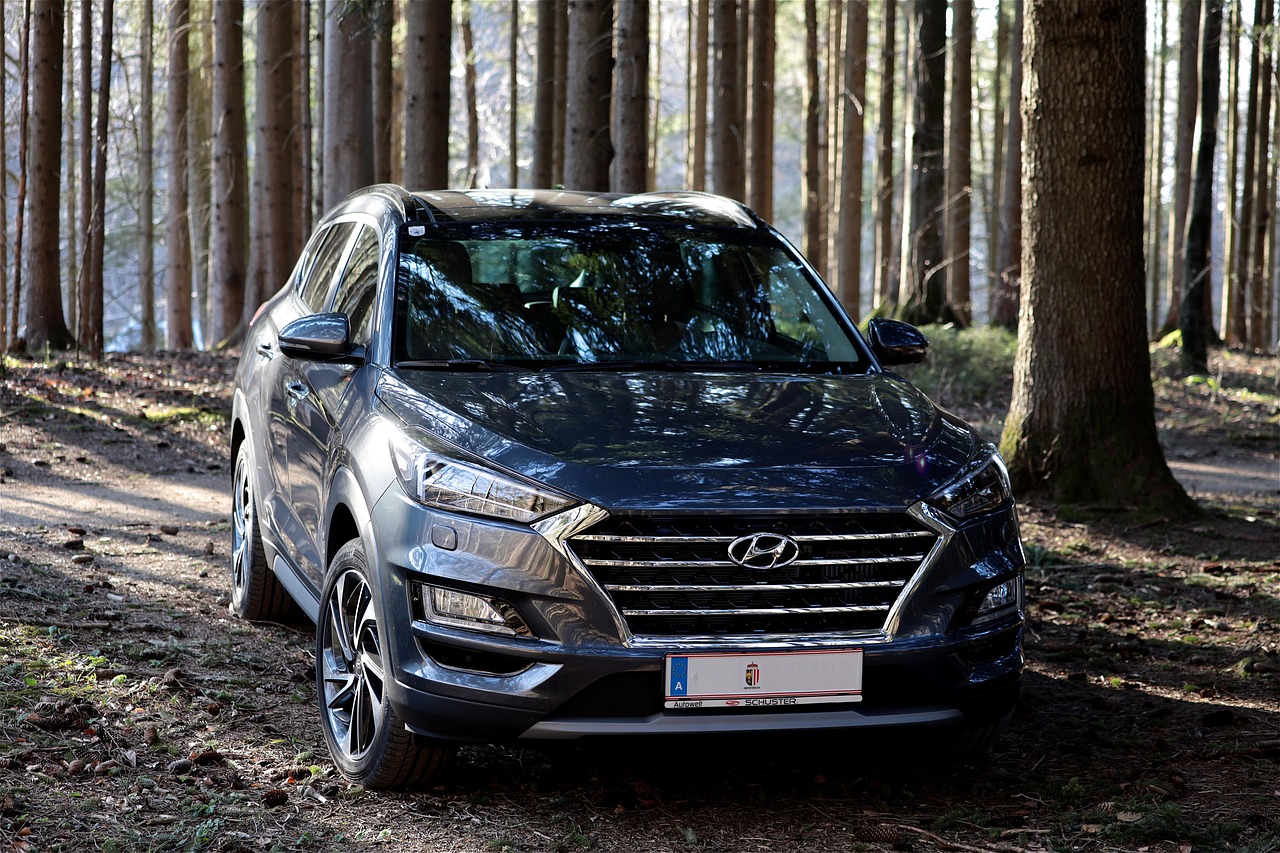
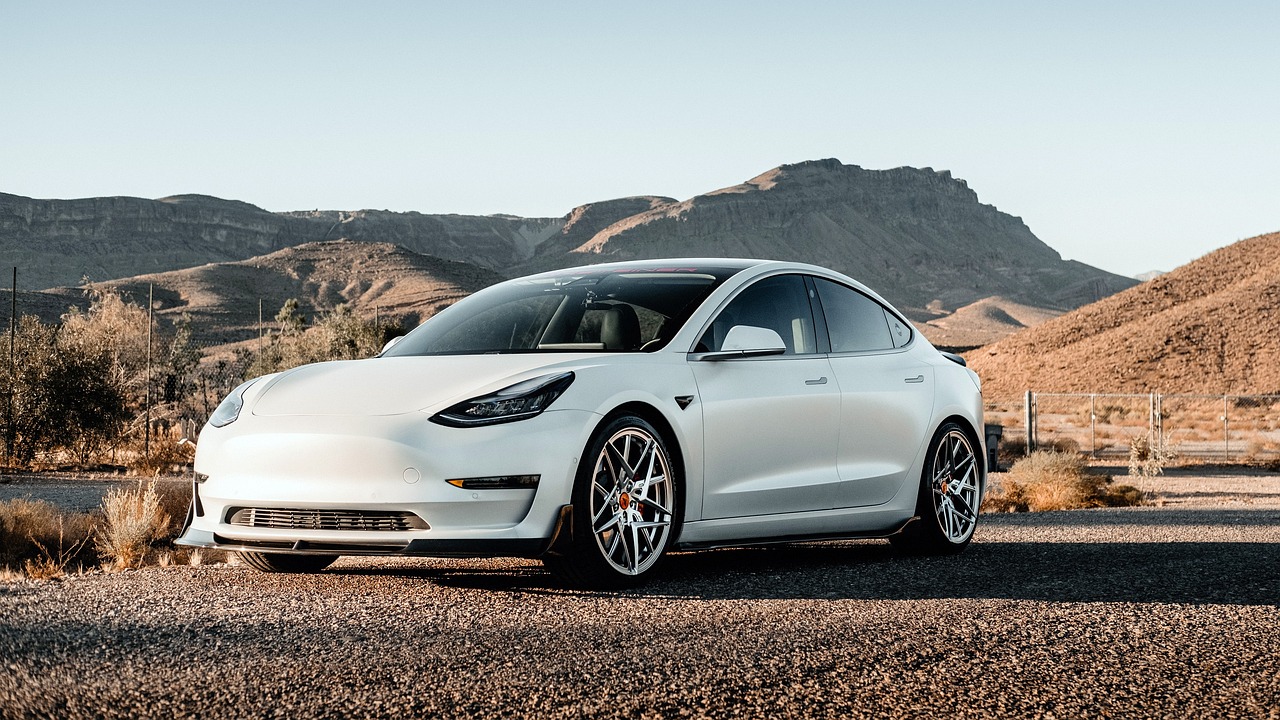

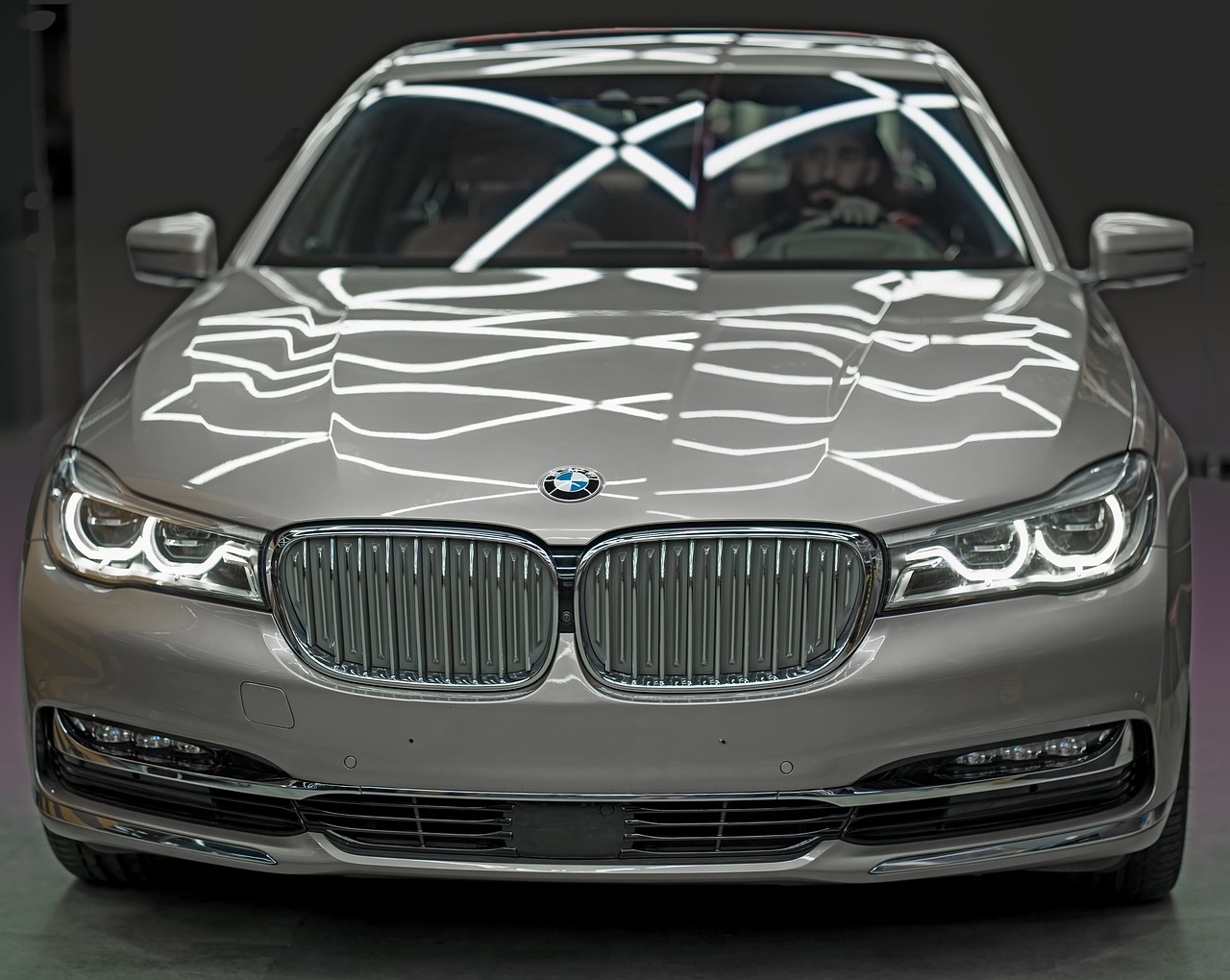
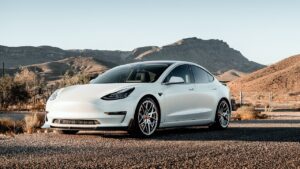

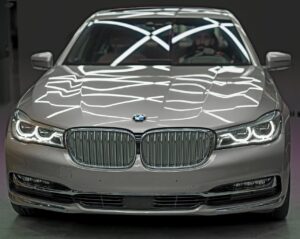
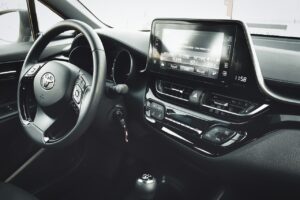
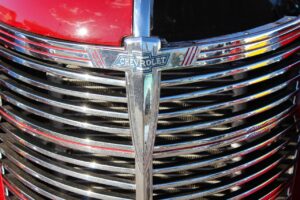
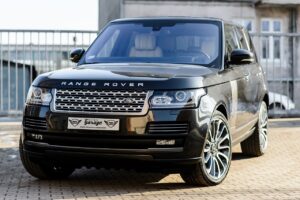

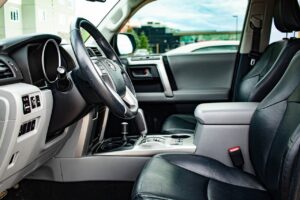

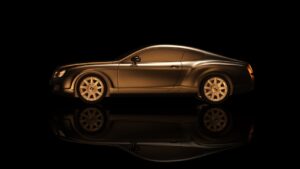
Post Comment